As a technological geek, I am fascinated by the evolution of AI (Artificial Intelligence) and how it has transformed the world we live in today.
AI has come a long way since its inception in the 1950s, and it is now a ubiquitous technology that is changing the way we work, communicate, and live our lives.
If the future of AI seems like it will change quickly, that's because AI innovations are happening so quickly right now that it's hard to keep up.
The Portuguese poet Luís Vaz de Camões wrote: " Times change, as do our wills, What we are - is ever-changing; All the world is made of change, And forever attaining new qualities."
In fact, artificial intelligence is changing the future of people in almost every field. It is already the main force behind new technologies like big data, robotics, and the Internet of Things (IoT).
With tools like ChatGPT and AI art generators, it is also a driving force behind generative AI, which will continue to be a technological innovator for the foreseeable future.
About 44% of companies want to put a lot of money and effort into AI and use it in their businesses. In 2021, IBM inventors got 9,130 patents, and 2,300 of them were about AI.
AI seems likely to change (and keep changing) the world. But in what way?
The evolution of AI can be divided into three main stages: rule-based systems, machine learning, and deep learning.
1. Rule-based systems
The first stage of AI was characterized by rule-based systems, which used a set of pre-defined rules to make decisions and carry out tasks.
These systems were limited in their ability to learn from data, as they were only able to make decisions based on the rules that were programmed into them.
Despite their limitations, rule-based systems were still used in a variety of applications, including expert systems for medical diagnosis and decision support systems for business.
2. Machine learning
The second stage of AI began in the 1990s with the introduction of machine learning algorithms. These algorithms enabled machines to learn from data and to improve their performance over time through a process of trial and error.
Machine learning has been used in a wide range of applications, from image recognition and natural language processing to fraud detection and recommendation systems.
Some of the most popular machine learning algorithms include decision trees, neural networks, and support vector machines.
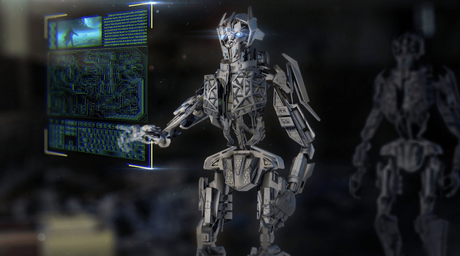
3. Deep learning
The third and most recent stage of AI is deep learning, which has enabled machines to learn from unstructured data such as images, videos, and audio.
Deep learning algorithms are based on artificial neural networks that simulate the way the human brain processes information.
Deep learning has been used in a wide range of applications, including image and speech recognition, natural language processing, and autonomous driving.
Some of the most popular deep learning frameworks include TensorFlow, Keras, and PyTorch.
What Industries Will AI Change?
Artificial Intelligence (AI) has the potential to change many industries, from healthcare and finance to transportation and manufacturing. Here are some of the industries that are likely to be transformed by AI in the near future:
1. Healthcare
AI is already being used in healthcare for tasks such as medical diagnosis, drug discovery, and patient monitoring.
AI algorithms can analyze medical images and data to help doctors make more accurate diagnoses, and they can also help identify potential drug targets for new therapies.
In the future, AI could be used to develop personalized treatment plans based on a patient's genetic makeup and medical history.
2. Finance
AI is already being used in finance for tasks such as fraud detection, risk management, and algorithmic trading.
AI algorithms can analyze vast amounts of financial data in real-time to identify patterns and anomalies, and they can also help predict market trends and forecast risk.
In the future, AI could be used to develop more sophisticated trading algorithms and automate many tasks currently performed by financial analysts and traders.
3. Transportation
AI is already being used in transportation for tasks such as self-driving cars, predictive maintenance, and route optimization. AI algorithms can analyze traffic patterns and data to help reduce congestion and improve the efficiency of transportation networks.
In the future, AI could be used to develop more advanced self-driving cars and to create more efficient and sustainable transportation systems.
4. Manufacturing
AI is already being used in manufacturing for tasks such as predictive maintenance, quality control, and supply chain optimization.
AI algorithms can analyze sensor data from manufacturing equipment to predict when maintenance is required, and they can also help identify quality issues before they become major problems.
In the future, AI could be used to create more automated and efficient manufacturing processes and to enable greater customization and flexibility in production.
5. Retail
AI is already being used in retail for tasks such as customer service, inventory management, and personalized marketing.
AI algorithms can analyze customer data to identify patterns and preferences, and they can also help retailers optimize their inventory levels and supply chains.
In the future, AI could be used to create more personalized shopping experiences, both online and in-store, and to enable greater automation and efficiency in retail operations.
6. Agriculture
AI is already being used in agriculture for tasks such as crop monitoring, soil analysis, and yield prediction.
AI algorithms can analyze satellite and drone imagery to help farmers optimize their planting and harvesting schedules, and they can also help identify potential problems with crops before they become major issues.
In the future, AI could be used to create more sustainable and efficient farming practices and to help address global food security challenges.
Artificial Intelligence (AI) has become an increasingly influential technology, affecting various aspects of our daily lives. While it offers significant benefits, it also poses potential risks and ethical considerations.
Here are some of the ways in which AI is impacting society, along with recent statistics and examples.
1. Employment
AI is expected to disrupt the labor market, leading to changes in the nature and quantity of jobs available.
According to a report by the World Economic Forum, it is estimated that by 2025, the adoption of AI and automation will lead to the displacement of around 85 million jobs.
However, it is also expected to create 97 million new jobs globally, mainly in the fields of computer science, engineering, and mathematics.

2. Healthcare
Examples:AI is already being used in healthcare to improve patient outcomes and reduce costs. AI algorithms can analyze medical images and patient data, identifying patterns that could be difficult for doctors to detect.
It is also used to develop personalized treatment plans based on a patient's genetic makeup and medical history.
- Google's DeepMind Health is using AI to analyze medical images to detect early signs of eye diseases, such as diabetic retinopathy.
- IBM's Watson Health is using AI to develop personalized cancer treatment plans, based on a patient's DNA.
3. Education
AI has the potential to transform education by providing personalized learning experiences to students. It can analyze a student's learning style and provide tailored lessons and feedback.
It can also reduce the workload for teachers by automating tasks such as grading and lesson planning.
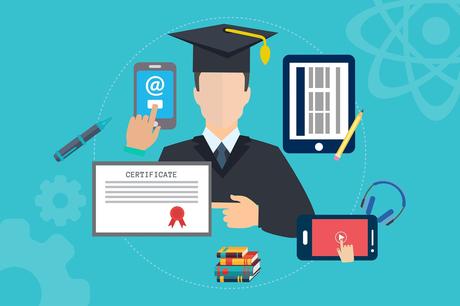
- Carnegie Learning's AI platform provides personalized math tutoring to students, analyzing their strengths and weaknesses to create a customized learning plan.
- Knewton's adaptive learning platform uses AI to personalize learning experiences, adjusting the content and difficulty level of lessons based on a student's performance.
4. Social Media
Examples:AI is used extensively by social media platforms to analyze user data and behavior, leading to a more personalized and engaging user experience.
However, there are concerns about the ethical implications of AI in social media, including issues related to privacy, bias, and the spread of misinformation.

- Facebook's algorithm uses AI to suggest content that is likely to be of interest to a user, based on their browsing history and interactions on the platform.
- Twitter's AI system is used to detect and remove spam and malicious content from the platform, creating a safer and more positive user experience.
The near future of AI promises to be exciting, with many new applications and advancements on the horizon. Here are some examples of the near future of AI, along with recent statistics.
1. Autonomous Vehicles
Examples:Autonomous vehicles are expected to become more common in the near future, with companies such as Tesla, Waymo, and Uber investing heavily in this technology.
According to a report by Allied Market Research, the global autonomous vehicle market is expected to reach $556.67 billion b y 2026, growing at a CAGR of 39.47% from 2019 to 2026.
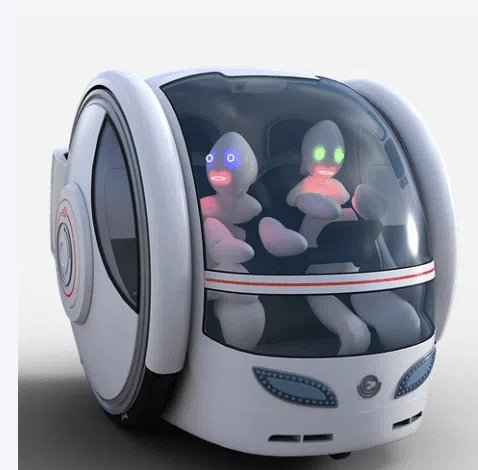
2. Natural Language Processing
Natural Language Processing (NLP) is a subfield of AI that focuses on the interaction between computers and humans through natural language.
It has numerous applications, including virtual assistants, chatbots, and language translation.
According to a report by MarketsandMarkets, the global NLP market is expected to reach $35.1 billion by 2026, growing at a CAGR of 21.5% from 2021 to 2026.
Examples:3. Healthcare
AI is already being used in healthcare to improve patient outcomes and reduce costs, and this trend is expected to continue in the near future.
A report by Tractica predicts that the global AI healthcare market will reach $36.1 billion by 2025, growing at a rate of 41.5%.
Examples:
4. Cybersecurity
AI is increasingly being used to improve cybersecurity, with its ability to analyze large amounts of data and detect patterns that could be indicative of a cyberattack.
According to a report by MarketsandMarkets, the global AI in cybersecurity market is expected to reach $38.2 billion by 2026, growing at a CAGR of 23.3% from 2021 to 2026.

As AI continues to become more advanced and widespread, there are growing concerns about the privacy risks associated with this technology. Here are some examples of AI and privacy risks, along with recent statistics.
1. Facial Recognition Technology
Facial recognition technology is being used in various contexts, including law enforcement, advertising, and social media.
However, it raises significant privacy concerns, as it can be used to track people's movements and activities without their consent.
According to a report by the Pew Research Center, 56% of Americans are not comfortable with the use of facial recognition technology by companies or the government.
Examples: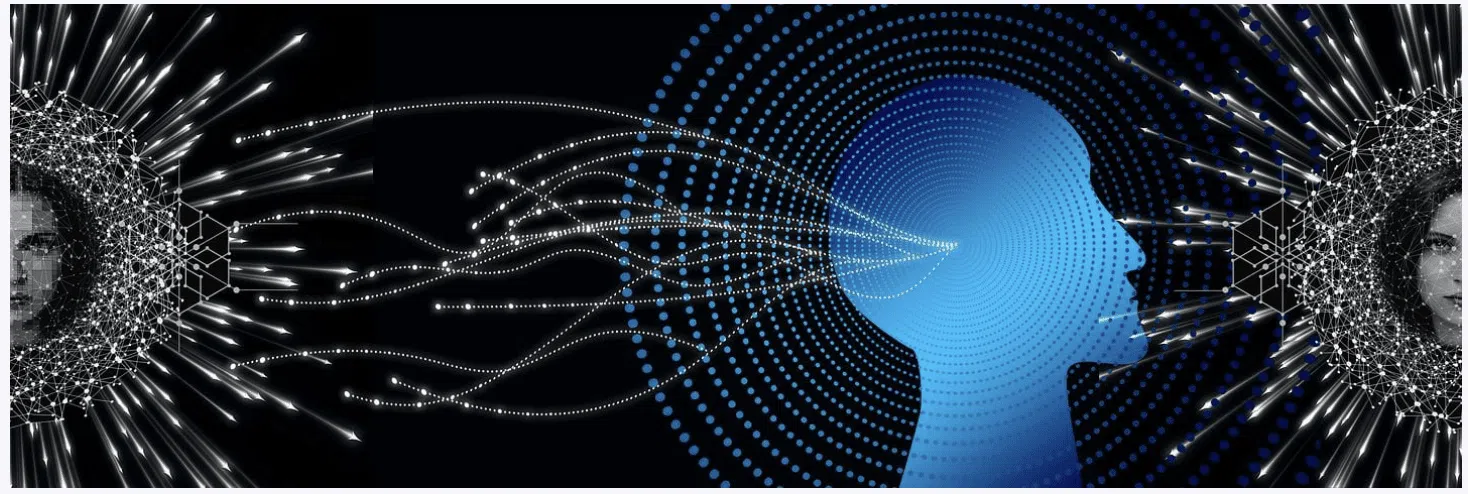
2. Smart Home Devices
Smart home devices, such as Amazon's Alexa and Google Home, are becoming increasingly popular, but they also raise privacy concerns, as they collect data about users' activities and conversations.
According to a survey by the Pew Research Center, 81% of Americans feel that the potential risks of companies collecting data about them outweigh the benefits.
3. Social Media
Social media platforms, such as Facebook and Twitter, are using AI to analyze user data and target advertising. However, this raises privacy concerns, as users' personal information is being used without their knowledge or consent.
According to a survey by the Pew Research Center, 79% of Americans are not confident that companies will use their personal information in a way that is responsible.
Examples:
As AI continues to advance at a rapid pace, it is important for individuals, organizations, and governments to prepare for the future of this technology.
Examples:Here are some key ways in which we can prepare for the future of AI, along with recent statistics.
1. Invest in Education and Training
As AI becomes more prevalent in the workforce, there will be a growing need for workers with skills in this area.
According to a report by the World Economic Forum, by 2022, 54% of all employees will require significant reskilling and upskilling.
Investing in education and training programs can help individuals and organizations prepare for the future of AI.
- The UK government has announced a £1 billion investment in AI education and research, aimed at developing a new generation of AI experts and boosting economic growth.
- In the US, the National Science Foundation has awarded over $100 million in grants for research and education in AI and machine learning.
2. Foster Collaboration and Innovation
Collaboration and innovation are key to unlocking the full potential of AI. By working together, individuals, organizations, and governments can share knowledge and resources, and develop new and innovative applications for AI.
- The Partnership on AI, a coalition of companies and organizations focused on developing responsible AI, has over 100 members, including Amazon, Google, and Microsoft.
- The European Union has launched a €1 billion flagship initiative to support research and innovation in AI and robotics.
3. Address Ethical and Social Implications
As AI becomes more prevalent in society, it is important to address the ethical and social implications of this technology. This includes issues such as bias, privacy, and job displacement.
Examples:How Will We Use AGI?
Artificial General Intelligence (AGI) is a hypothetical form of artificial intelligence that is capable of performing any intellectual task that a human can.
While AGI has yet to be fully realized, many experts believe that it will eventually become a reality. In this blog post, we will explore some potential applications for AGI, and discuss how it could be used to benefit humanity.
Applications of AGI
Examples:- Healthcare: AGI could be used to develop new treatments for diseases, by analyzing vast amounts of medical data and identifying new patterns and correlations. AGI could also be used to design personalized treatment plans for individual patients, based on their unique medical histories and genetic makeup.
- Transportation: AGI could be used to improve transportation and logistics, by optimizing traffic flow and reducing congestion on roads and highways. AGI could also be used to improve the safety of autonomous vehicles, by enabling them to better understand their surroundings and make more informed decisions.
- Education: AGI could be used to personalize education and make it more accessible to individuals with different learning styles and abilities. AGI could also be used to develop new educational materials and curricula, based on the latest research in cognitive psychology and neuroscience.
- Science: AGI could be used to advance scientific research in a variety of fields, by analyzing vast amounts of data and identifying new patterns and trends. AGI could also be used to design and run complex simulations, to test theories and models in a virtual environment.
- Manufacturing: AGI could be used to optimize manufacturing processes, by identifying inefficiencies and bottlenecks in the production line. AGI could also be used to design new products and materials, based on the specific needs and preferences of consumers.
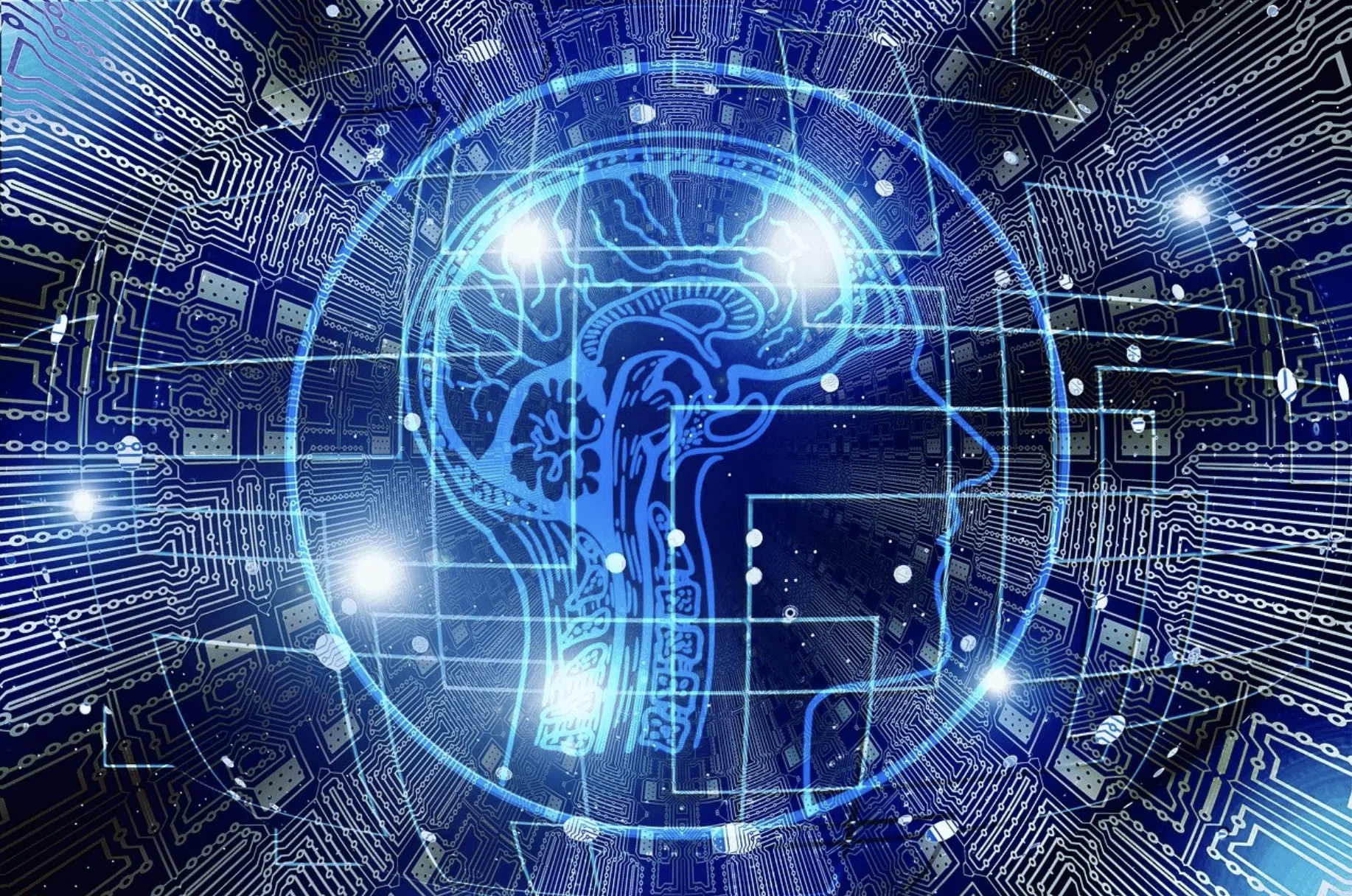
Benefits of AGI
Examples:- Improved Efficiency: AGI has the potential to significantly improve efficiency in a variety of industries, by automating tasks that are currently done by humans. This could lead to increased productivity and lower costs, which could benefit both businesses and consumers.
- Improved Accuracy: AGI has the potential to improve accuracy in a variety of tasks, by analyzing vast amounts of data and identifying patterns and correlations that might be missed by humans. This could lead to more accurate diagnoses in healthcare, more efficient transportation and logistics, and more effective scientific research.
- Improved Safety: AGI has the potential to improve safety in a variety of industries, by enabling machines to make more informed decisions and avoid potential hazards. This could lead to safer transportation, more reliable manufacturing processes, and safer working conditions for employees.
- Improved Accessibility: AGI has the potential to make a variety of services more accessible to individuals with different needs and abilities, by personalizing services and tailoring them to individual preferences. This could lead to more equitable access to healthcare, education, and other services.
Challenges of AGI
While there are certainly benefits to AGI, there are also challenges that must be addressed. One of the biggest challenges is ensuring that AGI is developed in a responsible and ethical manner.
This includes ensuring that AGI is aligned with human values and programmed to act in accordance with ethical principles.
Another challenge is ensuring that AGI is safe and reliable. This includes developing oversight mechanisms to ensure that AGI is not used for harmful purposes and that it does not pose a threat to human safety.
In conclusion, artificial intelligence (AI) is rapidly advancing and transforming every aspect of our lives, from healthcare to transportation, to education, to entertainment, and beyond.
While AI has the potential to bring about tremendous benefits to humanity, such as increased efficiency, accuracy, safety, and accessibility, it also presents new challenges and risks that need to be addressed.
As we prepare for the future of AI, it is important to develop oversight mechanisms to ensure that AI is developed and used in a responsible and ethical manner.
We must also ensure that AI is safe and reliable and that it aligns with human values and ethical principles. By doing so, we can harness the power of AI to benefit humanity in a meaningful way, while minimizing potential risks and challenges.
Quick Links:
